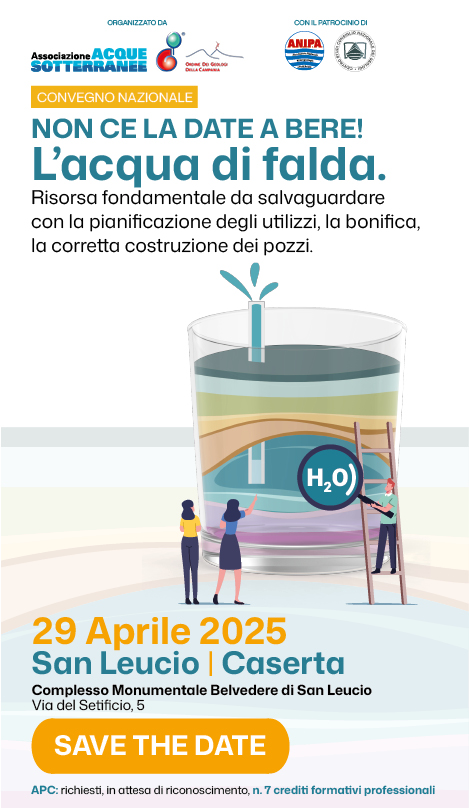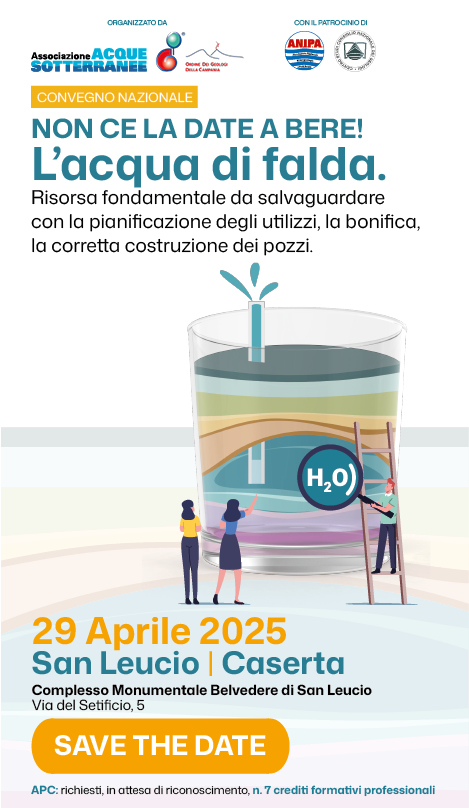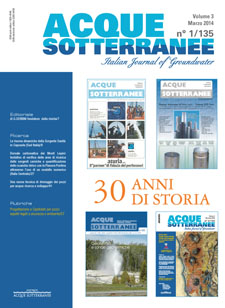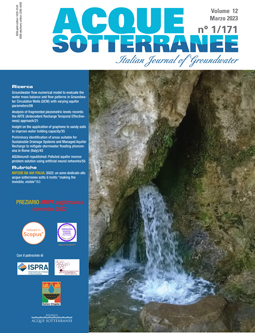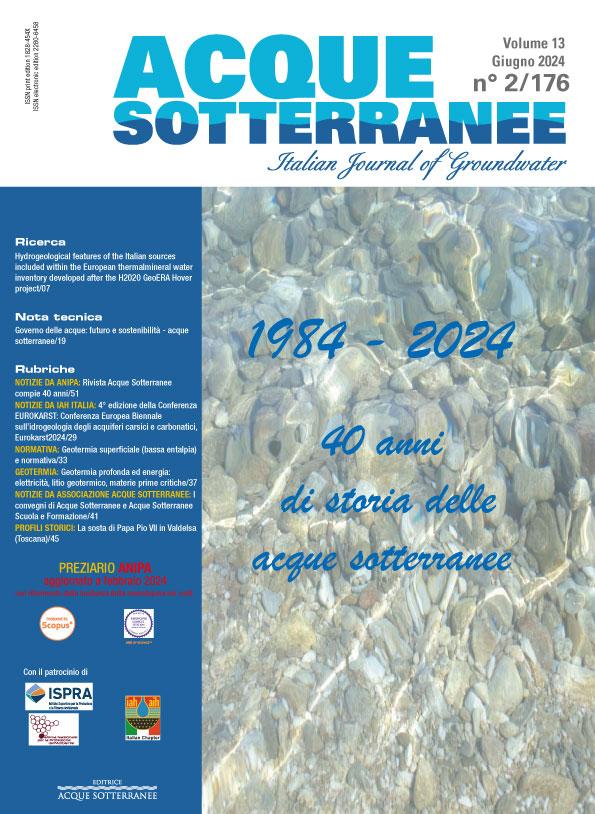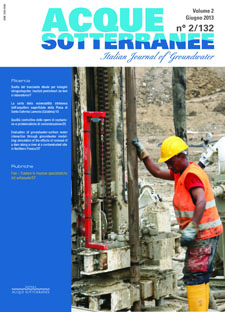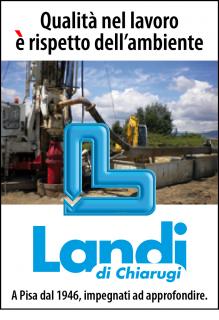Hydrogeological Characteristics of Albania (Am01012)
This paper provides a comprehensive description of the hydrogeology of Albania based on the hydraulic type of the rocks. They result in porous aquifers, karstic and fissured aquifers, porous and fissured rocks with low productivity or rocks practically without groundwater. The porous aquifers are associated to gravelly deposits filling some plains of the Adriatic Basin, river valleys, as well as some intermountain lowlands. For these aquifers the description includes their geometry, filtration parameters, well capacity, water quality, regimen and groundwater use. The water supply of Albania’s largest cities is totally based on groundwater wells in porous aquifers. Karst aquifers crop out over an area of about 6,500 km2. There are roughly 110 karst springs with average discharges exceeding 100 l/s. Of these, 17 have discharges exceeding 1,000 l/s. The average yearly discharge of the Blue Eye Spring, the biggest karst spring in Albania, is about 18.4 m3/s. The paper summarises the main characteristics of karst aquifers like the karst morphology, surface and underground network, effective infiltration, karst water quality, filtration parameters, application of trace methods of investigation, and vulnerability of karst water. Very important for the local water supply are the aquifers associated to some major basins filled with sedimentary molasses of different lithology, as well as the magmatic intrusive rocks. On both types of rocks the statistical treatment of short-term tests are used for characterising the aquifer filtration parameters and the capacity of wells. Shortly are described in the paper also the thermomineral waters of Albania and are assessed the total natural groundwater resources of the country separately calculated for the main aquifers. During the past decade, tourist expansion and population density have been particularly evident in Albania, and the problem of water availability has become the main obstacle to further development.

